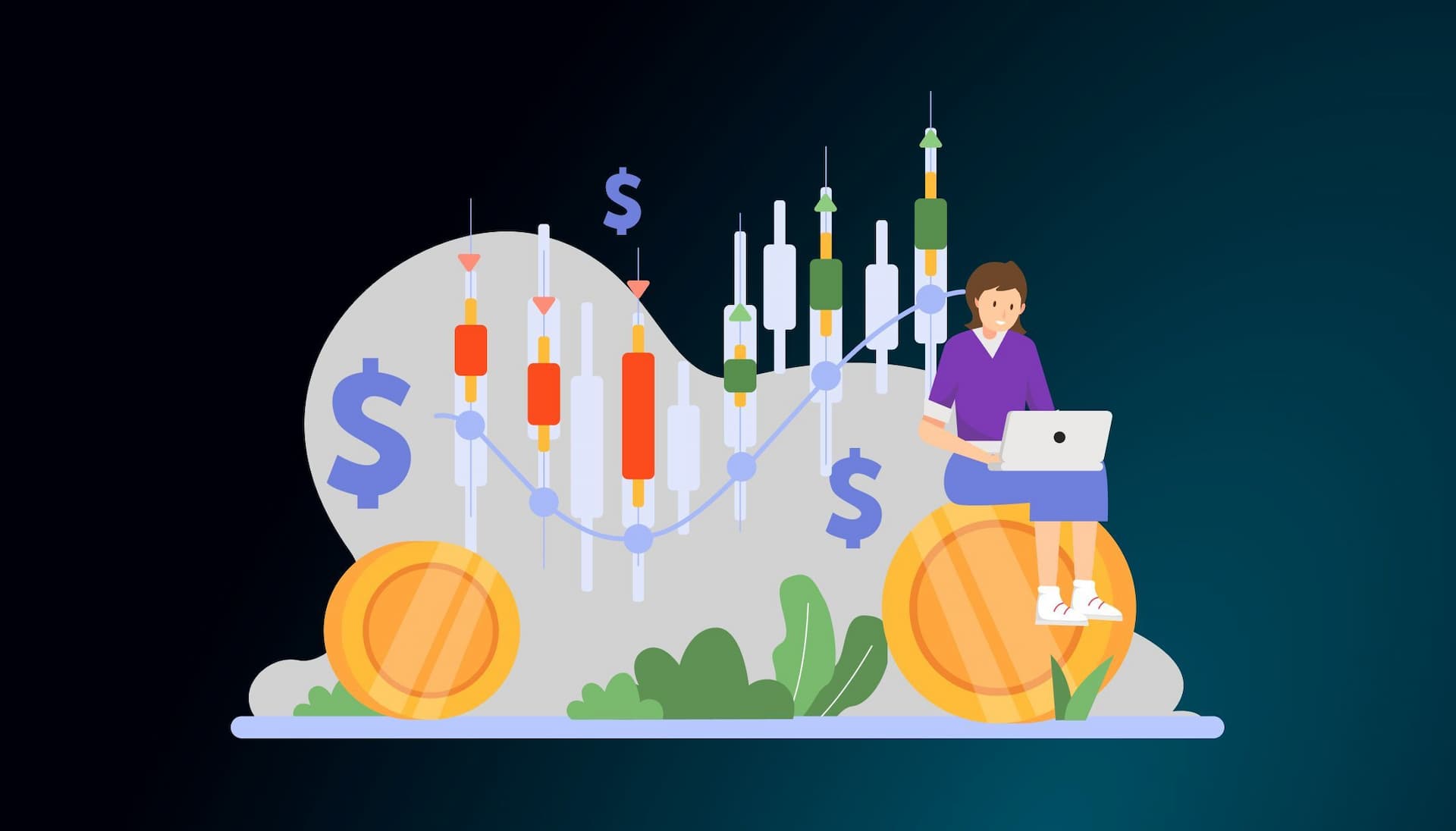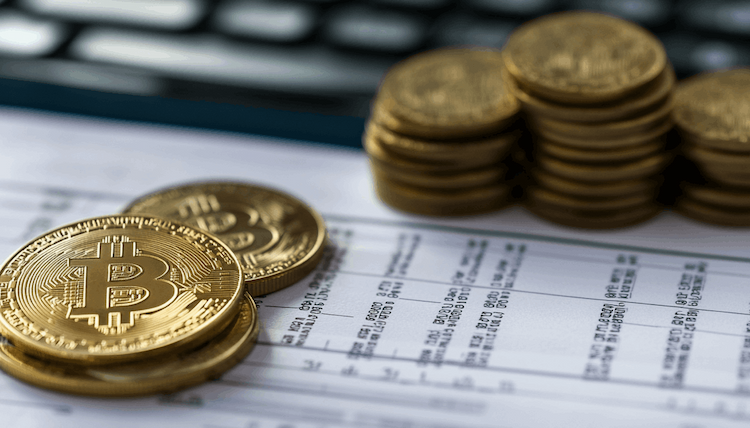
In the complex world of financial trading, many traders are drawn to the idea of leverage - the ability to potentially increase returns by taking on larger positions in the market with a relatively small amount of capital. This is commonly referred to as margin trading. However, just like any other form of trading, the misuse of leverage can have financial consequences. To navigate these risks, traders must balance knowledge, strategy, and risk management.
In this educational guide, we will explore the mechanics of leverage trading in crypto and 10 tips to remember if you’re considering leverage trading.
Understanding Leverage Trading in Crypto
As mentioned earlier, leveraged cryptocurrency trading involves utilizing borrowed funds to increase your buying or selling capabilities, enabling traders to initiate larger positions than their wallet balance. Depending on the specific exchange, traders can leverage their trades by more than 100 times the amount in their account.
Furthermore, leveraging allows traders to buy or sell assets without possessing the actual funds. They can open long or short positions for cryptocurrencies based on their deposited collateral. Traders often use leverage to maximize their profits. However, it's crucial to recognize that higher leverage also comes with an increased risk of being liquidated.
Example: When traders use leverage, they can control larger trades with less money. For example, if someone wants to invest $1,000 in Ethereum with 10 times leverage, they only need to deposit $100. This lets them control a $1,000 trade. If they choose 20 times leverage, they'd only need to deposit $50. High leverage means higher risk. If the trade goes wrong, the exchange might take away the money you used as collateral. Also, you have to pay interest on the borrowed money and cover any losses from the trade. So, it's important not to use too much leverage, as it can lead to big interest fees and wipe out your profits. Additionally, there's a safety threshold. If the market moves strongly against your trade, and the money you have left falls below this threshold, you might have to put in more money or risk losing it all.
Here are 10 important tips to remember if you're considering leverage trading.
1. Educate yourself: Take the time to learn about the market you want to trade in, the risks associated with leverage, and the tools available.
2. Keep your emotions in check: Trading can be emotional, especially with leverage. Create a trading plan and stick to it; don't let fear or greed drive your decisions.
3. Use stop-loss orders: One of the best leverage trading practices is using stop-loss orders. These orders automatically close your position when the market moves against you to a predetermined level, helping you limit your losses.
4. Diversify your portfolio: Diversify your investments, this will help you spread out the risks associated with any single asset, even when using leverage.
5. Understand leverage: Before diving into leverage trading, it's crucial to understand leverage. Leverage allows you to borrow funds from your exchange to increase the size of your position. It's typically expressed as a ratio, such as 10:1, which means you can trade with $10 for every $1 of your capital.
6. Start with low leverage: If you're new to leverage trading, start with lower leverage ratios. This will allow you to get a feel for the increased volatility without exposing yourself to outsized risks. As you gain experience, you can gradually increase your leverage if desired.
7. Continuously monitor your trades: With the amplified volatility of leverage, it's crucial to monitor your trades closely. Stay informed about market news, understand technical indicators, and be ready to adjust or close your position as needed.
8. Maintain adequate margin: Your exchange will require maintaining a certain margin level when using leverage. If your trade moves against you and your margin level falls below the required amount, you'll receive a margin call, and your position might be automatically closed. Always keep more than the minimum required margin in your account.
9. Practice with a demo account: Before committing real money, consider starting with a demo account. This will allow you to understand how leverage impacts trades without financial risk.
10. Remember that leverage is a double-edged sword: While it can magnify your gains, it can also magnify your losses. For instance, using 10:1 leverage, a 10% move in your favor doubles your initial investment, but a 10% move against you could wipe out your entire position.
Final Thoughts
As with many aspects of the financial domain, success in leverage trading is not merely about capitalizing on opportunities but, more crucially, about managing risks, setting clear boundaries, and committing to lifelong learning. In essence, while leverage can serve as a potent catalyst for growth, its effective utilization depends on a trader's commitment to due diligence and continuous adaptation to market conditions.



